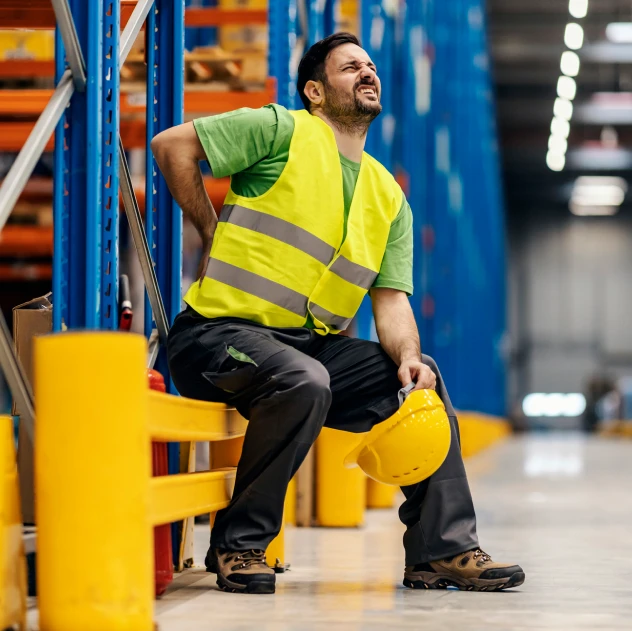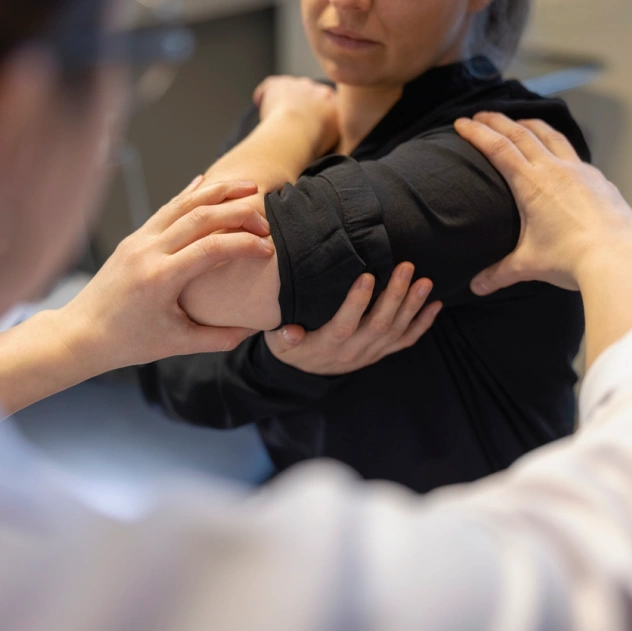Lifting injuries are incredibly common. In fact, OSHA estimates that 75% of work-related back injuries come from lifting. Although not all back injuries are serious, about 5% become disabling. And once you’ve injured your back lifting a heavy object, you are more likely to injure it again.
Our firm understands the seriousness of a work injury. If you’ve been injured at work, call James Koh, an experienced workers’ compensation lawyer. We know that getting your injury-related expenses taken care of can be more complicated than it seems. We can guide you through the workers’ compensation system in California and make sure that you get the benefits you deserve.
Understanding Lifting Injuries
Lifting injuries are a common occurrence in various industries, especially those involving manual labor or repetitive tasks. These injuries often result from lifting, carrying, pushing, or pulling heavy objects or equipment, placing strain on the muscles, tendons, ligaments, and other soft tissues of the body. While lifting injuries can occur suddenly due to a single incident of overexertion or improper lifting technique, they can also develop gradually over time through repeated stress on the body.
One of the most prevalent types of lifting injuries is lower back pain, which can range from mild discomfort to debilitating pain and may be accompanied by muscle spasms or restricted mobility. Additionally, lifting injuries can affect other areas of the body, such as the shoulders, neck, knees, and wrists, leading to conditions like strains, sprains, herniated discs, and tendonitis. Understanding the risk factors and mechanisms of lifting injuries is essential for preventing workplace accidents and promoting employee safety and well-being. Employers and workers alike must be aware of proper lifting techniques, ergonomic principles, and the importance of using mechanical aids and personal protective equipment to reduce the risk of lifting-related injuries.

The Different Types Of Work-Related Lifting Injuries
Work-related lifting injuries encompass a range of conditions affecting various parts of the body. These injuries can result from lifting heavy objects, repetitive lifting tasks, or improper lifting techniques. Here are some common types of work-related lifting injuries:
- Lower Back Strain: Straining of the muscles and ligaments in the lower back is one of the most prevalent lifting injuries. It often occurs when lifting heavy objects improperly or without proper support, leading to pain, stiffness, and reduced mobility in the lower back.
- Herniated Discs: Lifting heavy objects or twisting motions while lifting can cause the discs between the vertebrae to bulge or rupture, resulting in a herniated disc. This condition can lead to sharp pain, numbness, and weakness in the back and legs.
- Shoulder Injuries: Lifting heavy loads overhead or performing repetitive lifting tasks can cause shoulder injuries such as rotator cuff tears, tendonitis, or impingement syndrome. These injuries can result in pain, weakness, and limited range of motion in the shoulder joint.
- Knee Strain: Lifting heavy objects while bending or squatting can put excessive strain on the knees, leading to strains, sprains, or cartilage damage. Knee injuries can cause pain, swelling, and instability, affecting mobility and overall function.
- Wrist and Elbow Injuries: Lifting activities that involve gripping or grasping objects tightly can lead to wrist and elbow injuries such as sprains, strains, or tendonitis. These injuries can cause pain, swelling, and limited range of motion in the affected joints.
Work-related lifting injuries can have significant consequences for workers, impacting their ability to perform job duties and affecting their quality of life. Employers should implement safety measures, such as providing proper training on lifting techniques, ergonomic workstation setups, and access to mechanical lifting aids, to prevent lifting injuries and promote a safe work environment. Additionally, workers should be encouraged to speak up about any discomfort or pain they experience while lifting and seek medical attention promptly to address lifting-related injuries before they worsen.
Preventing Lifting Injuries in the Workplace
Preventing lifting injuries in the workplace is crucial for ensuring employee safety and reducing the risk of work-related accidents. Employers can take proactive measures to create a safer work environment and minimize the occurrence of lifting injuries. Here are some strategies to prevent lifting injuries:
- Provide Proper Training: Offer training programs on proper lifting techniques, including lifting with the legs, keeping the back straight, and using mechanical lifting aids when necessary.
- Implement Ergonomic Solutions: Design workstations and job tasks to reduce the need for heavy lifting whenever possible. Use ergonomic equipment and tools to minimize strain on the body during lifting activities.
- Encourage Team Lifts: Encourage employees to work together when lifting heavy objects to distribute the weight and reduce the risk of injury. Promote teamwork and communication to ensure safe lifting practices are followed.
- Use Mechanical Aids: Provide mechanical lifting aids such as dollies, carts, and forklifts to assist with heavy lifting tasks. Make sure employees are trained in the proper use of these tools to prevent accidents and injuries.
- Maintain a Clean and Organized Workplace: Keep work areas free from clutter and obstacles that could pose tripping hazards or impede safe lifting. Ensure that walkways are clear and properly marked to prevent accidents.
- Promote Physical Fitness: Encourage employees to maintain good physical health and fitness levels through exercise and stretching programs. Strong muscles and flexibility can help prevent lifting injuries and improve overall resilience to physical strain.
By implementing these preventive measures and fostering a culture of safety in the workplace, employers can significantly reduce the risk of lifting injuries and create a healthier, more productive work environment for their employees.

Call James Koh Today
Our firm can help you file your workers’ compensation claim so that you’ve got the best shot at getting the benefits you need. We can also represent your interests in negotiations with insurance companies and appeals if your claim is denied or disputed. Get the compensation you deserve for your work injury. Call us today.
Contact Us
If you or a loved one have been injured in an accident, whether at work or elsewhere, contact us to handle your personal injury and workers’ compensation claims.